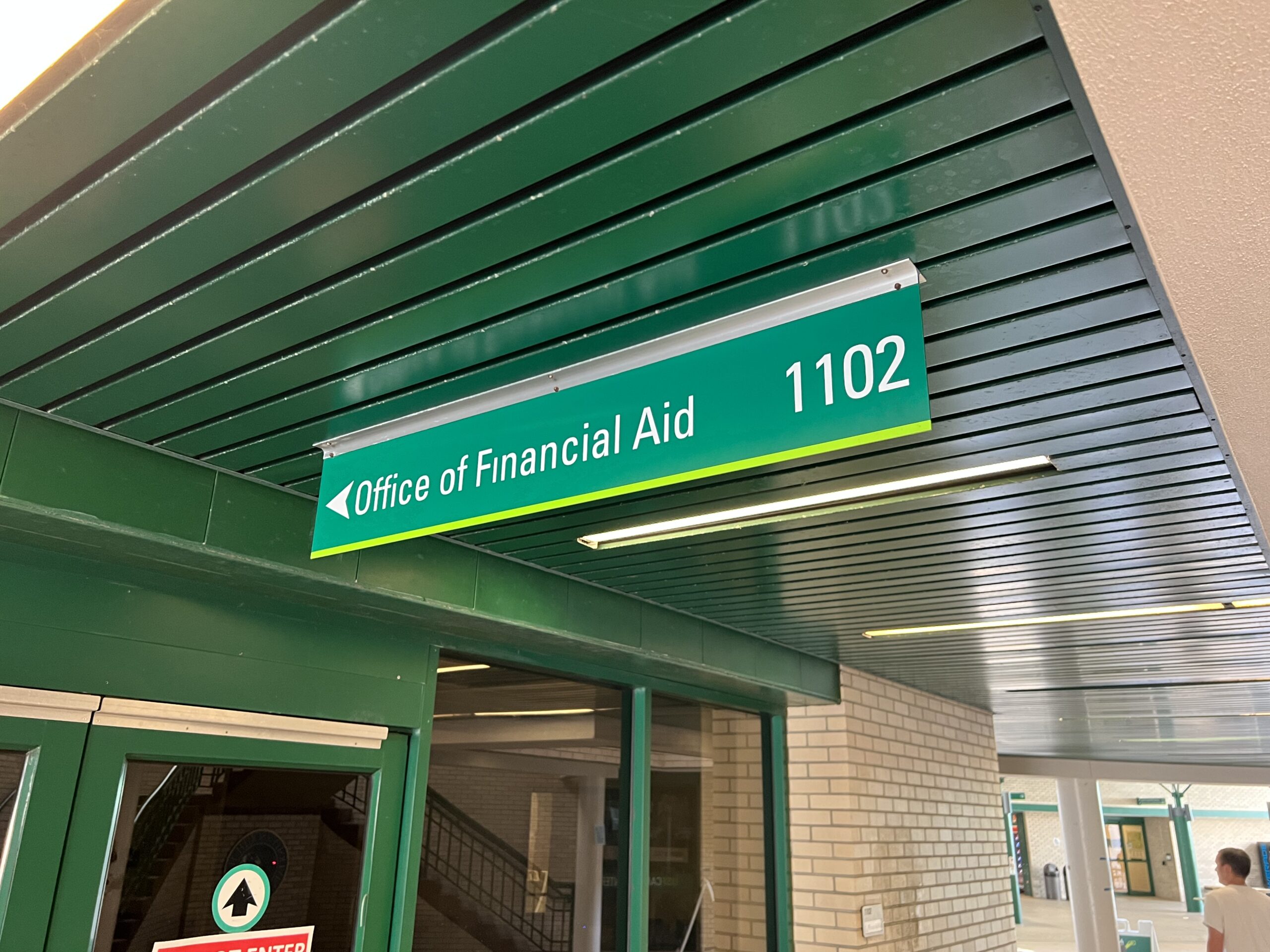Biden’s plan to forgive federal student loans evokes skepticism from some students

When junior computer engineering major Christian Taylor’s grandmother graduated high school, opportunities for career development were scarce. Without having the means to attend college, she was a waitress and would pick up other jobs on the side.
Understanding the sacrifices his grandmother made for his own future, Taylor said President Joe Biden’s announcement to forgive more federal student loans for low- to middle-income borrowers is like a punch in the gut to those who made financially conscious decisions or had already paid off their debts.
“I think it was way too much money. Actually, it was quite inconsiderate for those who actually were responsible and paid off their loans,” Taylor said. “I don’t think there’s good reasoning behind the loan forgiveness when it comes from people who are working blue-collar jobs and never got an education.”
Biden announced on Aug. 24 plans to fulfill his campaign promise of forgiving student loans in an effort to provide more financial breathing room for those still recovering from pandemic-related financial hardships, according to a White House press release.
Those legally single and making under $125,000 a year have the chance to receive up to $10,000 in relief and $20,000 for Pell-Grant recipients, according to The White House. Legally married couples making less than $250,000 could receive up to $20,000.
However, the money used to cancel millions of students’ debts has to come from somewhere, according to a CNBC article. Some experts are saying that forgiveness is just “shifting the borrowing” and will result in a greater burden for taxpayers.
Sophomore economics major Asia Farfan said her concern with loan forgiveness derives from the potential financial harm of higher taxes to compensate for the plan.
Even though she recognizes the rising costs of American universities, Farfan said it’s important that those who take out loans are also expected to pay them back.
“I see the reasoning behind it because a lot of countries offer free education altogether … and also student loans put a lot of students in debt,” she said. “But I do think considering how much debt the country is already in and whatnot, I don’t see how this forgiveness, the $10,000, is going to help anybody in the economy.”
Skyrocketing prices of public and private universities are not solely a consequence of the pandemic, according to the American Enterprise Institute. Universities have nearly tripled their fees since the 1980s because of reduced state funding across the board, costs of employing administrators and the development of attractive amenities for students.
As a potential beneficiary of Biden’s plan, freshman biochemistry and biotechnology major Edward Olavarria said he is grateful. He said higher education will be necessary for him to pursue meaningful opportunities, with or without aid.
“[Without the loan forgiveness] I still would figure it out [because I’d have to],” Olavarria said. “But it’s also because I know I want to do something that would have to require college.”
For those with only a high school diploma, the average annual income sits at $42,000, while those with a bachelor’s degree make an average of $69,000, according to Northeastern University. The average cost of living for one person in the U.S. is about $35,000 per year, according to the World Population Review, leaving hardly any room to save for those without a college degree.
Olavarria also believes loan forgiveness will relieve some Americans of the stress of making monthly payments. He cited that it’s not a coincidence that countries with free education, like Denmark, are associated with greater happiness.
“Happiness tends to be higher in countries that have free college,” Olavarria said. “There’s generally just misery and sensitivity with the general populace because they have to worry about their general being. Overall they make money for paying off their student loans, their car payments, [etc.].”
Similar to Olavarria, junior biomedical sciences major Miah Medina is thankful for the plan as she feels obliged to take out expensive loans to achieve her goal of working in the medical field.
Medina also said access to high-paying careers is limited by expensive schooling, leaving some discouraged from pursuing their interests.
“I was gonna have to do my bachelor’s in three years so that I can cut corners and not accumulate as much debt,” Medina said. “I really don’t have any choice but to just endure it and pay it … because less people are wanting to pursue further education every single year so [the Biden administration] kind of wants to invest in students pursuing their careers.”
The decision of whether to pursue a degree has become increasingly difficult for high school seniors because of the increasing cost of tuition, according to the ECMC nonprofit group.
In 2020, enrollment in four-year programs decreased by about 20% and continues to drop as about 662,000 fewer students enrolled in spring 2022 than the previous year, according to U.S. News.
During the announcement of his plan, Biden said the initiative is in large part a way for the government to rekindle dreams that have been silenced by financial heartache. The president said he believes every American should have access to an education that no one can take from them.
“Many of you had to leave school because the financial strain was much too high. About a third of the borrowers have debt but no degree and — worst of both worlds: debt and no degree,” Biden said. “I do [believe] that an education is a ticket to a better life.”







